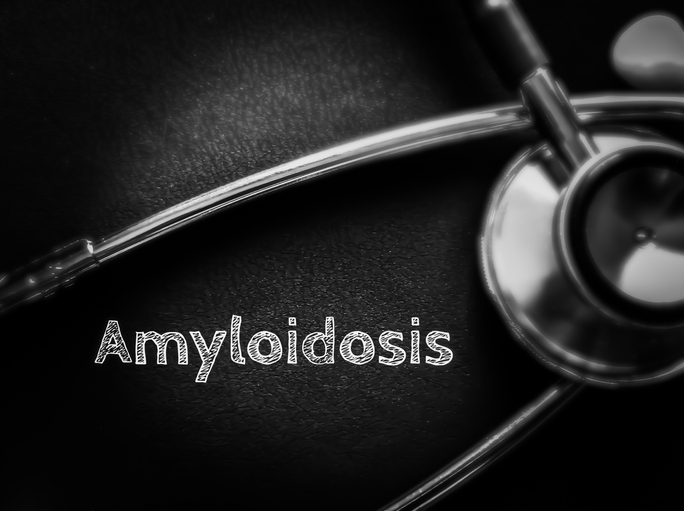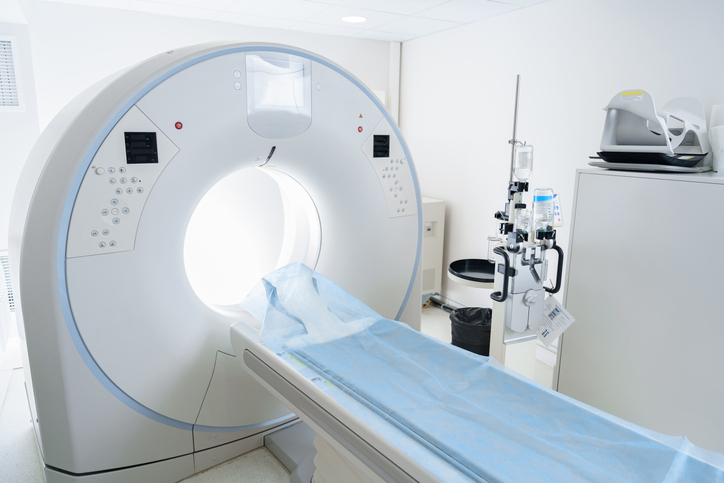
More Studies Needed that Assess the Economic Impact of High Cholesterol, Research Finds
A literature review uncovered a significant scarcity of cost-of-illness studies on the economic impact of familial hypercholesterolemia (FH), non-familial hypercholesterolemia (non-FH) and mixed dyslipidemia. This literature search was performed using the Medline/PubMed and Embase database up to September 2020, focused on evidence published from 2010 onward. The analysis found that the direct cost estimates as annual average health expenditure on all populations ranged from $17 to $259 million. Few studies in the literature assessed the economic impact of hypercholesterolemia, and they noted that new investigations are needed to provide a more updated and reliable picture.
Vitamin D Supplementation and Cardiovascular Outcomes in CKD
The prevalence of cardiovascular disease is higher among patients with chronic kidney disease (CKD) than in the general population. The researchers searched PubMed, CINAHL, and EMBASE using the search terms “chronic kidney disease AND vitamin D AND cardiovascular disease.” A total of nine articles met inclusion criteria. The review revealed conflicting evidence regarding the impact of vitamin D supplementation on adults with non-dialysis dependent CKD. Most of the studies found an association between vitamin D supplementation and improved FMD/PWV measurements, demonstrating improved vascular elasticity and cardiovascular health.
COVID-19 Patients at a Higher Risk of Venous Thromboembolism Compared to Influenza Patients
A new study shows that hospitalized patients with SARS-CoV-2 (COVID-19) are more likely to have venous thromboembolism (VTE) than those with influenza, but chronic anticoagulation use for COVID patients can help mitigate the likelihood of severe respiratory and clinically apparent VTE. The results were published in Thrombosis Research. “In summary, this retrospective cohort study observed that hospitalized SARS-CoV-2 patients were more likely to have a clinically apparent VTE than those admitted with influenza,” the researchers wrote.
Intracardiac Echocardiography Electroanatomic Mapping Integration Effective at Treating AF
A new study shows that intracardiac echocardiography (ICE) and its integration into three dimensional (3D) electroanatomic mapping (EAM) system guided fluoroless ablation of atrial fibrillation (AF) is a viable treatment modality of symptomatic AF. The findings were published in the journal Pacing And Clinical Electrophysiology. The researchers conducted a single-center, retrospective study to assess the feasibility, safety and acute efficacy of ICE/EAM automatic integration system guided fluoroless ablation of AF. According to the results of the study, acute PVI was achieved in 100% of patients using ICE/EAM automatic integration system.







 © 2025 Mashup Media, LLC, a Formedics Property. All Rights Reserved.
© 2025 Mashup Media, LLC, a Formedics Property. All Rights Reserved.